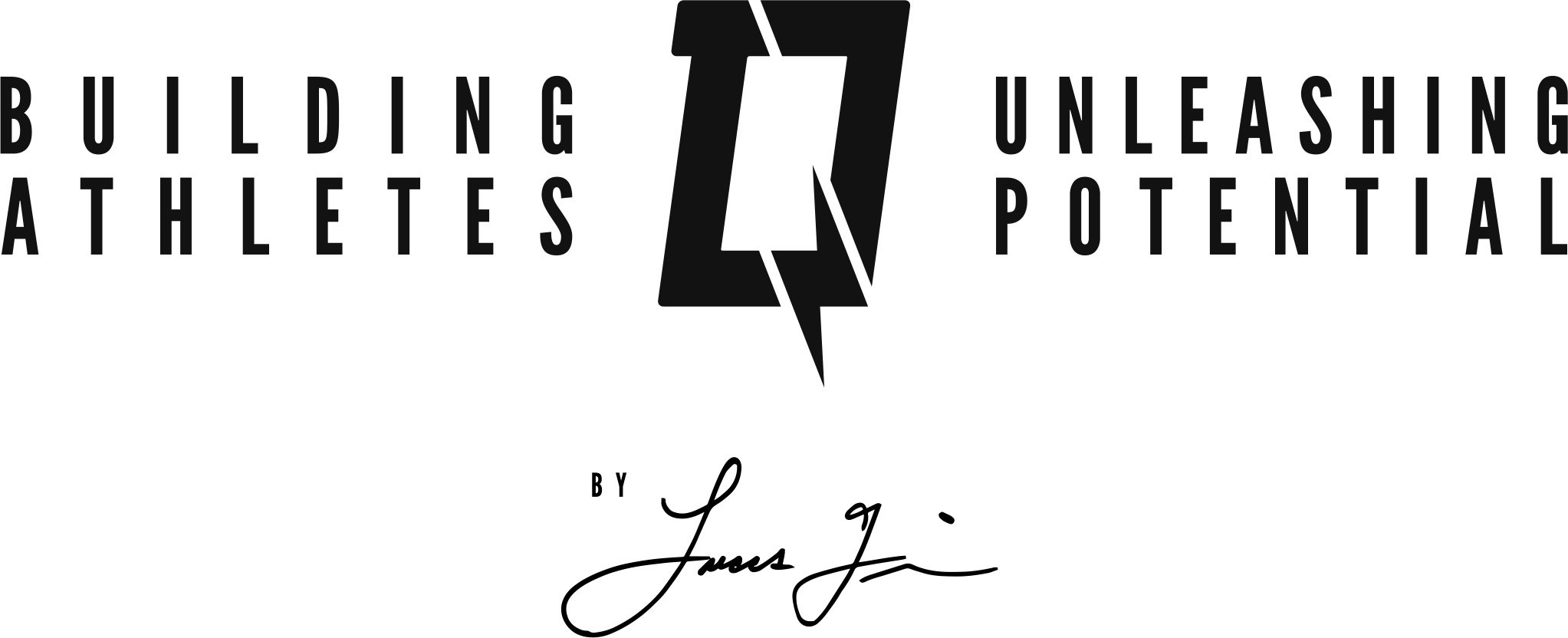Conditioning
Overview on my philosophy regarding Conditioning or Energy System Development (ESD) for my athletes:
Understanding of the sport-specific demands for different athletes is critical for the precise implementation and correlating application for ESD of that athlete.
Cognizance of specific work:rest ratios and how those influence the metabolic requirements of Conditioning programs for different athletes of different sports.
Awareness of the desired muscle fiber type ratios or combinations for success in a given sport and the metabolic requirements of Conditioning programs for the athletes of those sports.
Recognition and understanding of the metabolic pathways and energy systems of the body and the subsequent pertinence of that understanding to different sports, athletes, and even positions within a sport.
An ultimate goal of appropriate physiological adaptations that will lead to success in a given sport.
For a more in-depth view on my philosophy regarding training to improve an athlete’s Conditioning, see below.
It is important to note that the aspect of conditioning for athletes is often misunderstood. Designing programs for Conditioning that optimize the physiological adaptations that determine success in a given sport is paramount (particularly, understanding the body’s specific metabolic structure and underpinnings). Effective training programs must account for the specific energy system requirements and subsequent work to rest ratios of a given sport (whether that is the Phosphagen, Glycolytic, or Oxidative system—and often a combination), and even for specific positions in that given sport (football Offensive Lineman vs. a Defensive Back). Additionally, this will affect the physiological characteristics of the specific muscle fiber type needed for success in that given sport. For instance, baseball is a purely anaerobic (strength and power-based) sport. Thus, performing slow, long distance conditioning (aerobic in nature) has little to no impact on the performance of a baseball player—and even can be detrimental to the performance of the athlete on the field. For instance, there is a physiological characteristic transition from Type II fast-twitch muscle fibers, due to the aerobic nature of slow, long distance conditioning, to more fatigue-resistant Type I slow-twitch muscle fibers in a baseball player’s muscle fiber type in response to this type of conditioning—obviously this is not optimal for improved baseball performance.
Yet, this makes programming effective training regimens for sports such as soccer, lacrosse, and even and tennis a bit more challenging—these athletes need a mixture of Type II fast-twitch muscle fibers and Type I slow-twitch muscle fibers due to the nature of the game. Even so, prescribing solely long, slow distance aerobic conditioning for a soccer athlete is also a bit of a mistake. These athletes must be able to accelerate, decelerate, and change directions constantly—it is not simply just running at a constant pace for a set distance or time period, even though a soccer player may cover a distance of more than 5 miles in a game. Even more so, what is the ratio of sprinting, walking, or standing?—it is not a constant pace. These athletes consequently need just as much acceleration work along with their sport-specific conditioning.
The same could be said for conditioning for basketball and other sports—the demands of the sport (i.e., in terms of the specific energy system requirements and their subsequent work to rest ratios, as well as the specific movement patterns) must be taken into account. Simply running to induce fatigue or to make an athlete tired may not improve their conditioning and therefore their performance for their sport. Not all conditioning is made equal. Training that actually works—actually improves performance and transfers to the field or court—is not random. Moreover, simply “doing what’s always been done,” like baseball pitchers running miles to improve their pitching performance, or football players doing countless up-downs, is ludicrous and a colossal waste of time.
“Training” or “Conditioning” with the primary goal of making an athlete sweat, tired, or even throw up is sadly far too common, and further, this type of aimless, arbitrary, and unplanned training does nothing to improve the performance of an athlete. Simply performing random exercises in random order not only achieves nothing, but may put the athlete at risk for injury due to fatigue, overuse, or overstress. The body responds to specific stresses placed upon it. Effective training must be specific to the exact demands of what the athlete needs according to their training age, sport, position, injury history, strengths, weaknesses, time of the year, and current workload from practice and game schedules. Implementing an effective program based on all these factors is what makes improving performance a unique challenge—but not impossible.

